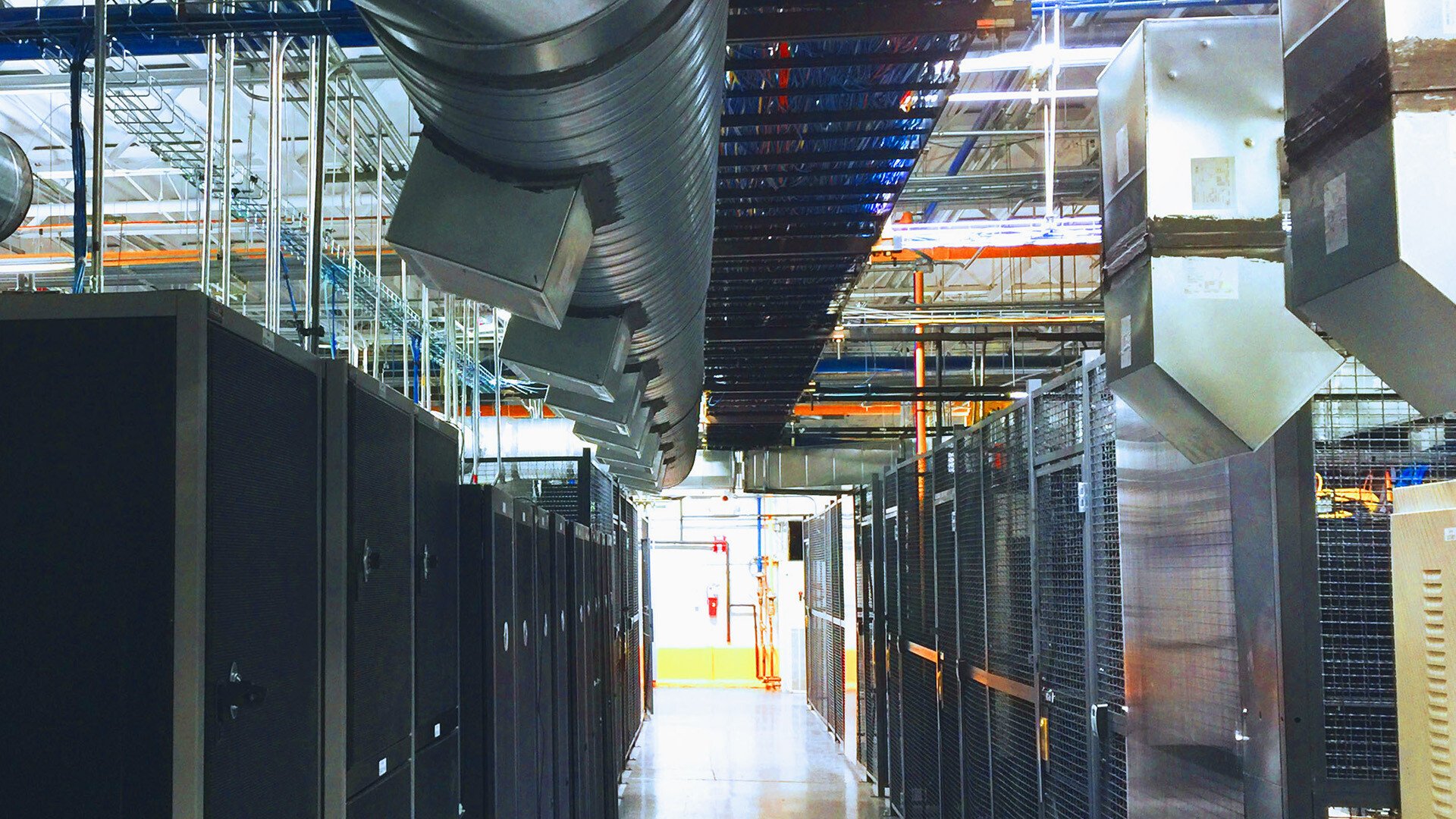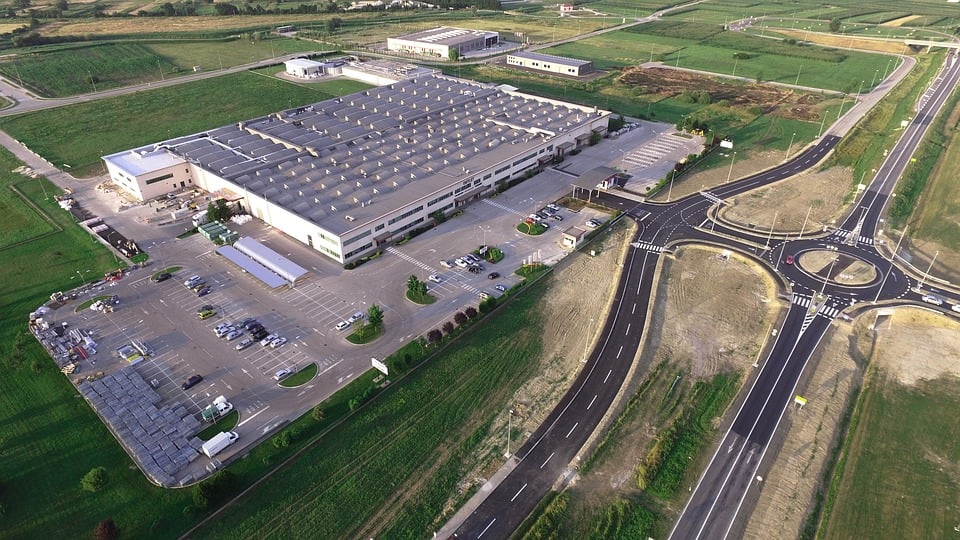Sustainability | February 23, 2023
Optimizing Portfolio-Wide Net-Zero Strategies
Hundreds of U.S. companies have committed to critical net-zero targets—and their real estate will play a critical role in achieving those goals. The key now is to turn ideals into action not just at one facility but, judiciously, across your entire portfolio.
Many corporate sustainability leaders know what it takes to reduce emissions for a single site, from investing in energy efficiency and installing onsite renewables, to implementing smart building systems.
But it takes a different toolset to expand decarbonization across millions, if not tens of millions, of square feet of geographically dispersed sites—while also driving cost savings and risk management results.
Let’s say you’re looking to bring more renewable energy to your portfolio, for example. Does it make financial sense to go solar across all of them, or is it better to purchase renewable energy credits? How do the different scenarios track against budget and compliance requirements?
Or, perhaps it’s time to prioritize which projects to tackle now, versus later—such as mechanical system investments at facility X or enhanced controls at facility Y. How can you evaluate the tradeoffs or relative merits of the needs of one facility against your larger portfolio budget and net-zero goals?
In these and countless other examples, a simple answer is rare. But with the right tools and expertise in place, you can gain the insights it takes to identify the most cost-effective path to net zero—and deliver on it.
Five key steps in your roadmap to portfolio decarbonization
Optimizing an entire portfolio is never a simple undertaking; so start by seeing this challenge as an opportunity. After all, the larger your project, the greater the impact.
Check the following off your list as you begin to navigate the expansive menu of possibilities:
- Create a playbook. Across your portfolio there is potential for an array of efficiency and renewable energy projects, from rooftop solar and building envelope weatherization to daylighting and HVAC controls. Inventory sustainability efforts already underway to see what you’ve got to work with already—and how you might want to expand these efforts.
- Score each facility—and each facility asset—on factors like efficiency and years of remaining life. A strong asset baseline view will enable you to evaluate which capital improvements, like equipment replacement, have wiggle room for delay—and which you should fast-track, based on your organization’s desired performance criteria.
- Use data to mastermind cap-ex and op-ex planning. Like in chess, winning net-zero demands big picture thinking that accounts for all—not just some—of the financial picture.
For example, let’s say you’ve found a solar provider plan that could achieve energy savings payback at facility X in five years. On its own, it’s a shrewd move that checks both sustainability and energy savings boxes.
But if you zoom out to consider the larger cost impacts, you might find that a roof replacement is coming due in the next few years. Should you install solar now and defer capital improvement costs to a later date—knowing they might be higher with solar panels involved—or get the roof work on the books ahead of schedule, delaying solar savings? Or, should you just put both on hold for now and funnel that budget to another facility where there’s a cleaner play?
To balance emissions goals with financial considerations at a single facility—let alone across an entire portfolio—you’ll need deep, data-driven cap-ex and op-ex forecasting insight across all building systems. - Assess potential impact at each facility, then prioritize. To reduce greenhouse gas emissions while reducing facility spend, evaluate which buildings will bring the fastest, highest environmental impact—and which will benefit from more lead time.
For example, one company set a baseline with a rapid analysis of 400 buildings. By making a shortlist of 107 facilities, they were able to implement low-hanging fruit early on—while taking more time to orchestrate more complex engineering solutions, procurement, and project management.
- Take the captain’s view to power insight—and reporting. Collecting the right data, tracking data coverage, and being able to assess ongoing accuracy is all crucial to insight and reporting—but only with 100% visibility of any given initiative, at any given time.
A single, user-friendly hub can help your team quickly monitor interconnected systems to safely steer the plane to net-zero emissions.
A sustainability plan that also drives financial performance
The net-zero mandate is here to stay—as is your business mandate to shepherd dollars judiciously and maximize triple-bottom-line value at every step. The good news is, that’s exactly what you can do by reimagining your portfolio with the right partner.
As an advocate, delivery engine, and trusted advisor, Mantis Innovation is focused on providing you with real results, real cost savings, and real carbon reductions.
Our holistic approach ensures business leaders like you have the data-driven tools, cross-industry expertise, and ongoing support it takes to achieve net zero across your portfolio—with near-zero incremental expense.
Contact us to start building your winning net-zero strategy, today.
About Jenna Tipaldi
Ms. Tipaldi is currently Manager, Sustainability Solutions, with over a decade of project management and leadership experience in the climate and sustainability field. She has a proven track record leading the development and implementation of a wide variety of climate, energy, and equity initiatives.
Related Posts
Discover more content and insights from Mantis Innovation

Carbon Credits Explained: A Primer for Achieving Your ESG Goals
In the race to achieve net-zero emissions, carbon credits have become a crucial tool for companies with hard-to-abate emissions. As of 2024, almost half of the Fortune 500 companies have net zero

Five Trends Driving Data Center Facility Energy Optimization
Today’s digital economy, commercial and industrial digitalization, and the recent explosion in artificial intelligence and machine learning (AI/ML) powered computing are driving massive growth in

Modernizing Manufacturing Facilities: Practical Steps for Better Performance
In today's competitive manufacturing landscape, staying ahead requires more than maintaining the status quo. Modernizing facilities and operations is essential for improving efficiency, performance,

Modernizing Manufacturing Facilities: The Drivers and Direction
This blog is just a glimpse into the deep dive we take in our new white paper, Modernizing Manufacturing. Download the white paper here to skip the teaser and get the whole story. The stage is set